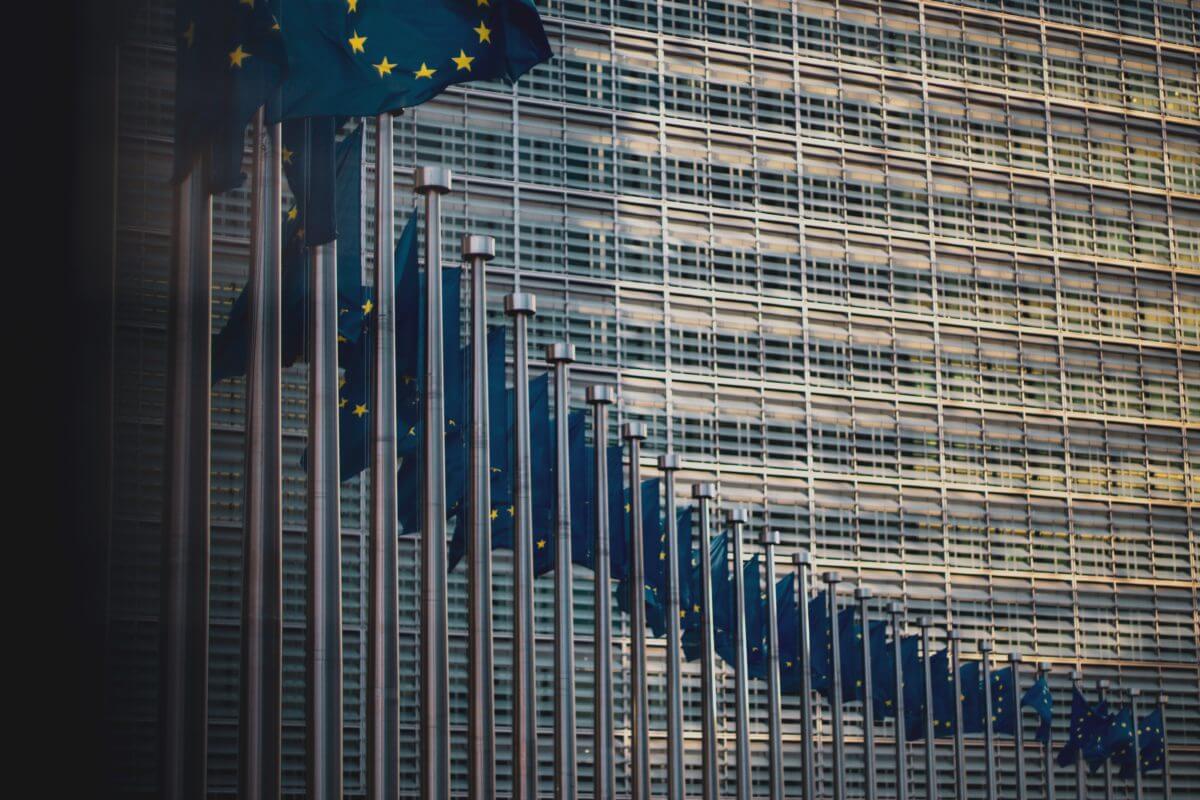European Economy: Romania, Serbia and Switzerland

European Economy: Inflation within Romania and Serbia
According to the statistical office of European economy, consumer prices in Serbia increased by 15.1% over the previous year in October.
According to a statement released on Monday by the statistical office. Serbia’s consumer price index (CPI) increased by 1.0% on a monthly comparative basis after increasing 1.9% in October.
The largest price increases occurred in the categories of food and non-alcoholic beverages (22.5%). Then rent, water, and electricity (18.4%). And restaurants and hotels (21.3%) in annual terms.
Prices for hotels and restaurants increased by 1.7% on a monthly basis. While those for food and non-alcoholic beverages increased by 1.2%. And those for apparel and footwear increased by 1.3%.
Serbia’s central bank last week raised its key repo rate by 50 basis points to 5%. This in response to recent inflationary concerns.
The National Statistics Board reported on Tuesday that consumer price inflation in Romania increased to 16.76% on the year in November from 15.32% the previous month, above expectations.
Inflation in Romania is going to be 16.30% year-over-year on average, which is more above the central bank’s target range of 1.5% to 3.5%.
In November, prices increased 1.25% over the previous month, with food prices up 1.54%, non-food prices rising 1.03%, and services rising 1.31%.
Swiss government projects a decline in the economy in 2023
In spite of no energy shortages causing significant production losses. The Swiss government expects the country’s economy to grow less slowly in 2019. However, it should escape a recession, the government stated on Tuesday.
As predicted in September, the economy would grow by 2.0% this year before slowing to 1.0% in 2023, according to the State Secretariat for Economic Affairs (SECO).
SECO said in a statement that this would indicate sluggish development for the Swiss economy rather than a deep recession.
It had earlier projected that GDP will increase by 1.1% in 2019. The calculations, which were modified to account for major sporting events, were predicated on the absence of any energy supply constraints during either this winter or the following one.
However, with gas and electricity prices so high, the energy situation in Europe is expected to remain difficult, according to SECO. Additionally, a tightening of monetary policy and high foreign inflation are expected to reduce demand.
In its first projection for 2024, SECO predicted that when the global economy recovered. Also the energy situation returned to normal, GDP would increase by 1.6%.
According to the department, Swiss inflation is predicted to decline. From an anticipated 2.9% in 2022 to 2.2% the following year before falling to 1.5% in 2024.
Due to its significant pharmaceuticals industry and low unemployment, Switzerland’s economy has historically been among the more resilient in Europe.
The post European Economy: Romania, Serbia and Switzerland appeared first on FinanceBrokerage.
0 Response to "European Economy: Romania, Serbia and Switzerland"
Post a Comment